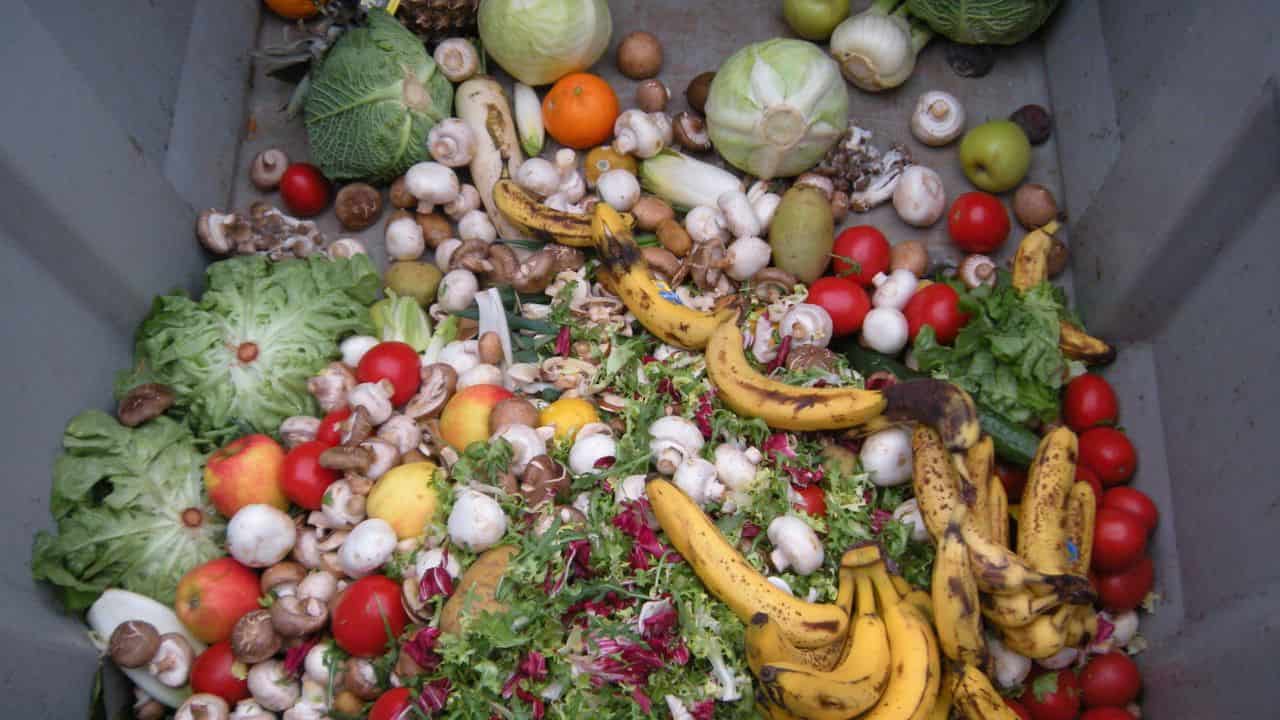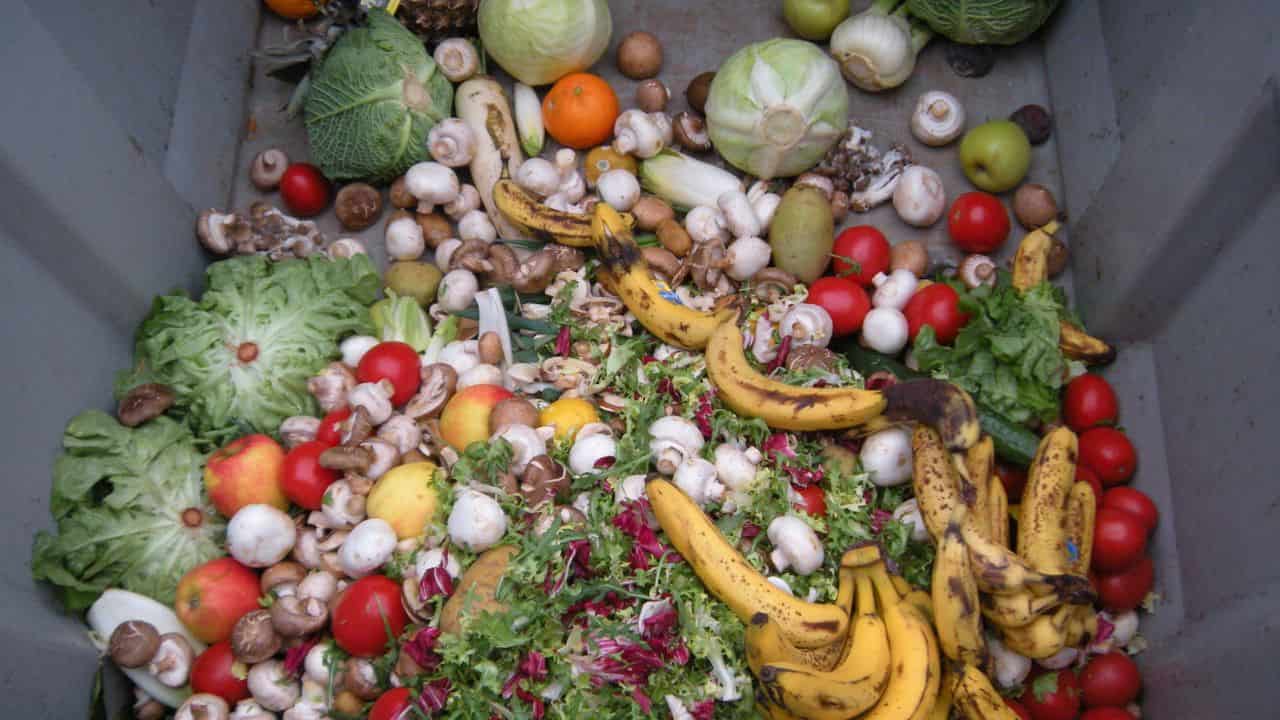
Food waste has become ingrained in the lives of many people worldwide. We buy more food than we need at the market, we let fruits and vegetables rot at home, and we eat more than we can eat. These habits put further strain on our natural resources and damage the environment.

When we waste food, we waste the labor, effort, investment, and valuable resources (water, seeds, feed, etc.) that go into producing it, not to mention the resources that go into transporting and processing it. You will have to do so. Put another way, food waste contributes to climate change by raising greenhouse gas emissions.
Reducing food loss and waste is essential in a society where millions of people face daily hunger. When we reduce waste, we respect that food is not something we take for granted for the millions of people who go hungry every day.
It’s up to us to change our habits to change the way we waste food. Here are some simple actions you can take to reconnect with food and what that means.
1. Eat healthier and more sustainably
Life moves fast and preparing nutritious meals can be difficult, but healthy eating is not. It doesn’t have to be detailed. The internet is full of easy and healthy recipes that you can share with family and friends.
2. Buy only what you need
Make a grocery list, follow it, plan your meals, and refrain from impulsive purchases. You will save money in addition to wasting less food.
3. Choose Ugly Fruits and Vegetables
Don’t judge food by its appearance. Fruits and vegetables with odd shapes or blemishes are often discarded because they do not meet any cosmetic standards. please do not worry. The taste is the same. Use ripe fruit in smoothies, juices, and desserts.
4. Store food wisely
Move old products to the front of the cupboard or refrigerator, and move new products to the back. Use airtight containers to keep opened food fresh in the refrigerator, and make sure the package is tightly sealed to prevent insects from entering.
5. Understanding food labeling
There is a big difference between “best before” and “use-by” dates. In some cases, food may still be suitable for consumption after its use-by date, but the best-before date indicates the date on which it is no longer safe to use. Check food labels for unhealthy ingredients like trans fats and preservatives, and avoid foods with added sugar and salt.
6. Start small
Eat small portions at home or share large meals at a restaurant.
7. Cherish your leftovers
If you can’t eat everything you make, freeze it or use leftovers as ingredients for another meal.
8. Recycle your food waste
Avoid tossing away your food waste by composting it. This returns nutrients to the soil and reduces your carbon footprint.
9. Respect Food
Food brings us all together. By learning about the manufacturing process, you can reaffirm your connection with food. Learn more about farming and its produce by reading about it.
10. Support Local Food Producers
By purchasing local produce, you support family farms and small businesses in your community. It also helps fight pollution by shortening delivery routes for trucks and other vehicles.
11. Maintain fish stocks
Eat more abundant fish species such as mackerel and herring instead of fish at risk of overfishing such as cod and tuna. Buy fish that is sustainably caught or farmed, including those that are eco-labelled or certified.
12. Reduce water usage
Without water, we cannot produce food. While it’s important for farmers to reduce the amount of water they use to grow food, reducing food waste also conserves all water resources used to produce food. Reduce your water intake in other ways. Fix any leaks or turn off the water while brushing your teeth.
13. Keep soil and water clean
Some household waste is potentially hazardous and should never be placed in regular trash cans. Things that can leak into our soils and water supplies include paint, batteries, cell phones, tires, fertilizers, chemicals, paint, and printer cartridges. These things can disrupt the natural resources that grow our food.
14. Eat more pulses and veggies
Once a week, try eating a meal based on ‘ancient’ grains like pulses or quinoa.
15. Sharing is caring
Donate food that would otherwise be wasted. For example, apps can connect neighbors and local businesses to share surplus food instead of throwing it away.
